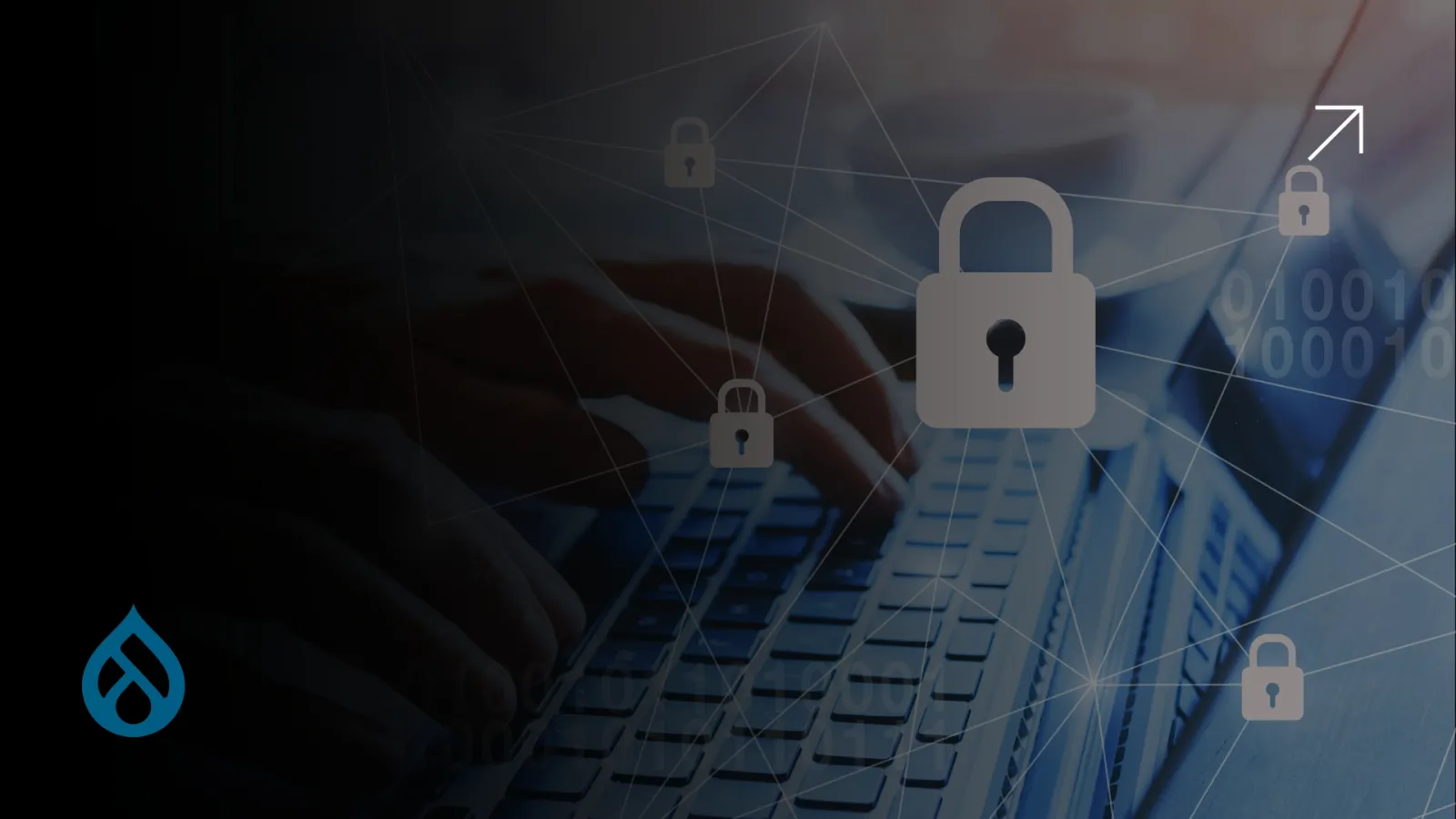In a digital era where websites are more than just brochures; they're platforms for transactions, communication, and data processing; security is no longer optional. It's foundational. As cyber threats evolve, your CMS must keep up. Drupal has always been known for its enterprise-grade security, but Drupal 11 new features and improvements significantly raise the bar. This release brings tighter architecture, stronger dependency management, and more automation around vulnerability handling.
For organizations planning a migration or looking to fortify their existing Drupal infrastructure, understanding these changes is critical. Beyond the upgrade itself, long-term security lies in how you maintain and manage your site post-migration.
Built on a Modern Symfony Stack
One of the most substantial security upgrades in Drupal 11 new features and improvements is its shift to the latest version of Symfony, an underlying PHP framework trusted across global enterprise applications. Symfony’s modular architecture and focus on secure-by-design principles mean that Drupal inherits a hardened core with better input validation, CSRF protection, and structured authentication workflows.
The move to Symfony 6 ensures Drupal 11 benefits from extended support cycles, up-to-date cryptographic practices, and more robust routing control. These are invisible but essential foundations that drastically reduce attack surfaces, especially in high-traffic or sensitive sites.
Automatic Updates: Reducing Human Error
One of the most anticipated Drupal 11 improvements is the introduction of automated update mechanisms. Regular updates are one of the simplest and most effective ways to stay secure, yet many breaches still occur due to delayed patching.
Drupal 11 now enables automatic security patches for core updates, helping teams stay protected even without manual intervention. For organizations with lean technical teams, this is a game-changer- reducing the delay between vulnerability discovery and mitigation.
Improved Module Ecosystem Management
Contributed modules are often the Achilles' heel of open-source CMS platforms. Drupal 11 tackles this by enhancing Composer integration and offering better vetting of third-party code. Composer, now fully integrated with a user-friendly interface, ensures all dependencies are traceable, minimizing the risk of unmonitored packages introducing vulnerabilities.
More importantly, the Drupal security team continues to maintain an advisory system for contributed modules, and with Drupal 11’s tighter integration, your site can respond faster to advisories. This makes it easier for teams to review and remove deprecated or insecure modules proactively.
Secure Media Handling and File Permissions
Another key element among Drupal 11 new features and improvements is stricter control over media permissions. Uploading images, videos, or documents often introduces security risks- especially when files are executable or publicly accessible by default.
Drupal 11 introduces clearer permission structures around file uploads and rendering, along with improved default settings that ensure media directories are sandboxed and not globally readable unless explicitly required. These out-of-the-box precautions reduce the burden on development teams while strengthening the default security posture.
Role-Based Access Control (RBAC) Enhancements
Drupal’s granular user permission system has long been a strength, and Drupal 11 builds on that foundation. The latest version enhances audit capabilities, allowing for faster role reviews and traceability- especially useful in large organizations with multiple content authors and admin roles.
This makes governance smoother during and after a migration. With clearly defined access boundaries and a cleaner UI for managing roles, Drupal 11 empowers organizations to reduce privilege creep and enforce least-privilege access models across their site.
Best Practices for Post-Migration Security
Migrating to Drupal 11 sets a solid foundation—but sustainable security comes from daily practice. Once the migration is complete, organizations should establish a security protocol that aligns with the CMS’s new capabilities.
- First, keep automatic updates enabled for both core and supported modules. For custom modules, maintain a bi-weekly code review cycle and ensure coding standards align with Drupal's security recommendations.
- Second, conduct regular security audits using tools like Drupal’s Security Review module and external scanners. These reviews should be coupled with continuous logging of user activity, especially for admin roles.
- Third, always configure HTTPS with HSTS, enforce strong password policies, and limit administrative access to trusted IP ranges. Drupal 11 supports these configurations natively or through easily integrated modules.
- Lastly, invest in user training. Drupal’s new backend UI (Claro) is intuitive, but administrative misuse remains a leading cause of data exposure. Ensuring content editors and site admins understand security workflows is as crucial as securing the codebase.
Conclusion: Security is Strategy, Not Just Setup
The release of Drupal 11 is not just an upgrade- it’s a strategic shift toward a more secure digital future. With features like automatic updates, a hardened Symfony base, better role management, and secure-by-default configurations, Drupal 11 new features and improvements empower organizations to treat security not as an afterthought, but as a core function of their digital presence.
Migration, in this context, becomes a chance to reset your security culture- to build systems that are not only efficient but resilient. For enterprises serious about protecting their digital assets, Drupal 11 offers both the tools and the blueprint.





